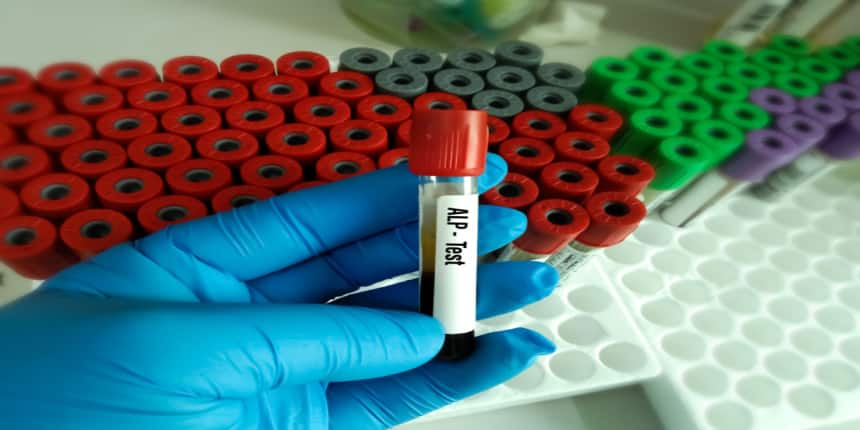ALP Full Form
What is the full form of ALP?
ALP stands for the enzyme Alkaline Phosphatase. It is a homodimeric (have two molecules) enzyme in which the catalytic domain consists of three ions: one Mg and two Zn. Both these metal ions are necessary for the activity of the enzyme. The enzyme is present in both prokaryotic and eukaryotic species and performs a similar function. However, the structure may vary depending on the species and environment. In humans, it is found in many body parts but it is primarily localized in kidneys, bones, liver and intestine. This enzyme family is responsible for catalysing the hydrolysis of organic phosphate esters and converting them to p-Nitrophenol and phosphate. Alteration in the ALP level is an indicative of liver disease, liver cancer or bone problems. ALP level between 44 and 147 U/L is generally considered normal.
- What is the full form of ALP?
- Functions of ALP
- Types of ALP

Functions of ALP
Crucial role in nutrient and enzyme transportation.
Supports bone formation and growth.
Preserve cell structural integrity.
Stores energy in adipose tissues.
Maintain fetal cell proliferation during pregnancy.
Types of ALP
Tissue-specific: Located in germinal tissue, placenta, and gut
Tissue non-specific: Found in kidney, bones, and liver